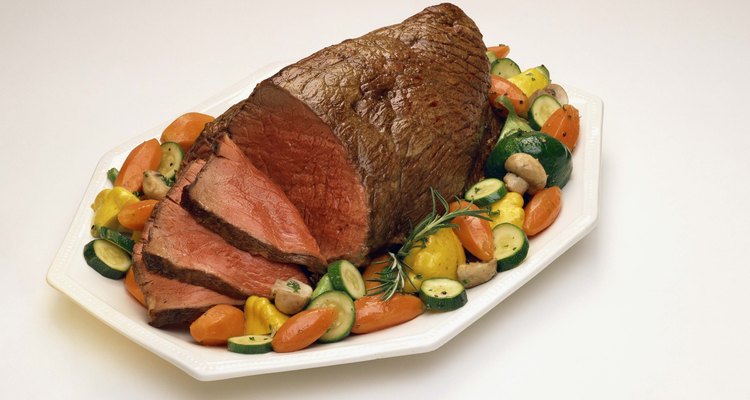
If tough, dried-out roast beef haunts you in your dreams, you know the importance of not overcooking meat. The more beef cooks, the less succulent it becomes; quality declines most quickly past medium, or an internal temperature of 145 degrees Fahrenheit. That's the temperature recommended by the U.S. Department of Agriculture, but for juicy, rare roast beef, you can't cook it that much. Keep a close eye on your roasting beef and remember your best ally -- a meat thermometer.
Defining Rare
Rare roast beef registers a temperature of 120 F to 125 F. Reading the internal temperature with a meat thermometer provides certainty the meat is cooked precisely. Cooking times differ by a cut's thickness, oven performance and other considerations, so they're not as reliable for determining a roast's doneness as temperature readings.
Safety of Rare
Rare roast beef is generally safe because it's a solid cut, as opposed to ground or rolled meat. Bacteria lives on surface area, and the surface area of rare roast beef is adequately cooked, as the Manitoba Association of Home Economists explains. On the other hand, when meat is rolled or ground, surface area becomes incorporated throughout the meat.
Remember to Rest
Rest roast beef for 10 minutes after cooking so juices released from muscle fibers can be reabsorbed. This prevents them from bleeding out when the meat is sliced. The internal temperature of beef rises during resting. The thicker the cut, the more the temperature climbs. A roast rises from 5 to 15 degrees, so it should come out of the oven before it hits 120 F to not surpass rare.
Related Articles

What Is the Difference in Top Sirloin & ...
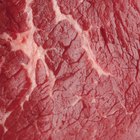
How to Get Skirt Steak Tender
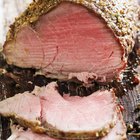
The Best Way to Cook Four Pounds of ...
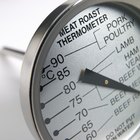
How to Cook Tender Rolled Flank Steaks ...
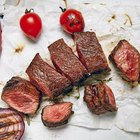
How to Cook a Steakhouse Roast
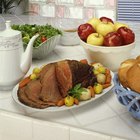
Can I Make a Roast From a Frozen State?
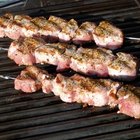
How to Cook Pork Loin
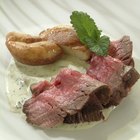
How to Cook a Four-Pound Sirloin Tip ...
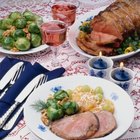
How to Tell When Beef Roast is Done by ...
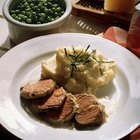
How to Make a Juicy Pork Tenderloin
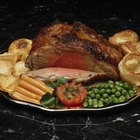
How to Cook a Roast Beef With a Pop-Up ...
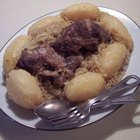
How to Cook a Boneless Sirloin Pork ...

How to Make a Blackbuck Antelope Roast
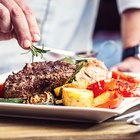
Difference Between Ribeye Steak & ...

Can You Bake Sliders?
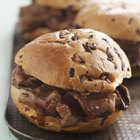
How to Roast an Eye Round Roast at High ...

How to Defrost a Sirloin Rolled Roast ...
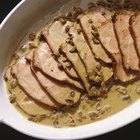
What Are the Temperatures for Slowly ...
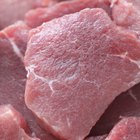
How to Freeze Steaks

How to Tell If a Pork Roast is Done
References
Writer Bio
Eric Mohrman is a food and drink, travel, and lifestyle writer living in Orlando, Florida. He has professional experience to complement his love of cooking and eating, having worked for 10 years both front- and back-of-house in casual and fine dining restaurants. He has written print and web pieces on food and drink topics for Visit Florida, Orlando Style Magazine, CrushBrew Magazine, Agent Magazine, Dollar Stretcher Magazine, The 863 Magazine and other publications.
Photo Credits
Jupiterimages/Stockbyte/Getty Images